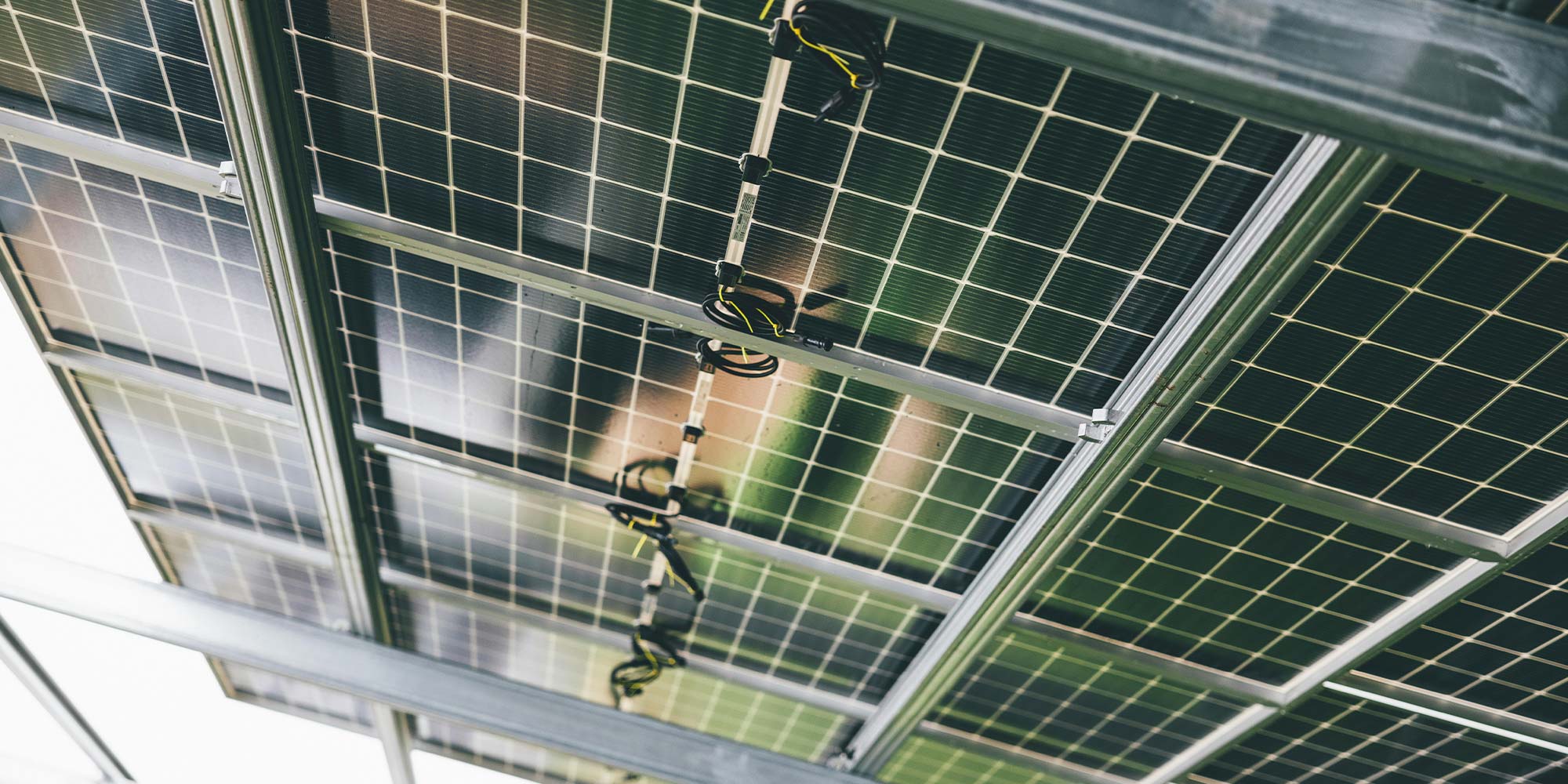Introduction:
In the realm of renewable energy, solar power stands as a beacon of hope for a sustainable future. However, to fully realize the potential of solar energy, maximizing the efficiency and longevity of solar panels is paramount. Enter hydrophobic coatings, a groundbreaking technology revolutionizing solar panel maintenance through self-cleaning capabilities. In this comprehensive guide, we’ll delve into the emergence of hydrophobic coatings, their mechanisms, benefits, and the transformative impact they are having on the solar energy landscape.
1. Understanding the Need for Self-Cleaning Solutions
Solar panels are exposed to various environmental factors, including dust, dirt, pollen, and bird droppings, which can accumulate on their surface over time. This buildup not only diminishes the panels’ aesthetic appeal but also reduces their efficiency by blocking sunlight and impeding energy conversion. The demand for effective cleaning solutions that minimize maintenance requirements and maximize solar panel performance has spurred the development of hydrophobic coatings.
2. Unveiling Hydrophobic Coatings: The Science Behind the Innovation
Hydrophobic coatings are formulated using nanotechnology to create a thin, water-repellent layer on the surface of solar panels. These coatings typically consist of hydrophobic (water-repelling) molecules that form a protective barrier, preventing water and other contaminants from adhering to the panel surface. By repelling water droplets, dust particles and debris are also repelled, allowing them to be easily washed away by rainfall or natural wind action.

3. The Mechanisms of Self-Cleaning Action
The self-cleaning action of hydrophobic coatings is driven by their ability to repel water droplets and promote the formation of a thin film of water across the panel surface. This “lotus effect” mimics the water-repelling properties of the lotus leaf, causing water droplets to bead up and roll off the surface, carrying away dirt and debris in the process. As a result, solar panels coated with hydrophobic coatings remain cleaner for longer periods, ensuring optimal energy production.
4. Advantages of Hydrophobic Coatings for Solar Panels
The adoption of hydrophobic coatings offers numerous advantages for solar panel owners and operators. Firstly, self-cleaning capabilities reduce the need for manual cleaning, saving time, labor, and water resources. Additionally, by maintaining a clean surface, hydrophobic coatings maximize light transmission and energy absorption, leading to higher electricity yields and improved overall panel efficiency. Furthermore, the protective barrier provided by these coatings enhances panel durability and longevity, reducing maintenance costs and prolonging the lifespan of solar installations.
5. Environmental Implications and Sustainability
Hydrophobic coatings contribute to environmental sustainability by reducing water consumption and minimizing the use of harsh cleaning chemicals typically employed in traditional panel cleaning methods. By promoting self-cleaning and requiring less frequent maintenance, these coatings help conserve water resources and reduce the environmental impact associated with solar panel upkeep. Moreover, the enhanced efficiency and longevity of solar panels coated with hydrophobic coatings contribute to the overall sustainability of solar energy production.
6. Emerging Trends and Future Outlook
As the demand for clean energy continues to grow, so too does the evolution of hydrophobic coatings for solar panels. Ongoing research aims to further improve coating durability, performance, and cost-effectiveness, making them more accessible to a wider range of solar panel installations. Additionally, integration with other innovative technologies, such as anti-reflective coatings and self-healing materials, may unlock new possibilities for enhancing solar panel efficiency and sustainability in the future.
7. Overcoming Challenges and Limitations
As the demand for clean energy continues to grow, so too does the evolution of hydrophobic coatings for solar panels. Ongoing research aims to further improve coating durability, performance, and cost-effectiveness, making them more accessible to a wider range of solar panel installations. Additionally, integration with other innovative technologies, such as anti-reflective coatings and self-healing materials, may unlock new possibilities for enhancing solar panel efficiency and sustainability in the future.
8. Real-world Applications and Case Studies
The adoption of hydrophobic coatings is gaining traction across various industries, including residential, commercial, and utility-scale solar installations. Real-world case studies showcase the effectiveness of these coatings in improving solar panel performance and reducing maintenance costs. From rooftop solar arrays to large-scale solar farms, hydrophobic coatings are transforming the way solar energy is generated and maintained around the world.
Conclusion:
In conclusion, the rise of hydrophobic coatings represents a significant milestone in the evolution of solar panel technology. By harnessing the power of nanotechnology to promote self-cleaning capabilities, these coatings offer a sustainable solution for maximizing solar panel efficiency and longevity. As the demand for clean energy continues to soar, hydrophobic coatings are poised to play a central role in driving the widespread adoption of solar power and shaping a more sustainable future for generations to come.